|
Scenic USA - Florida A1A Scenic and Historic Coastal Byway |
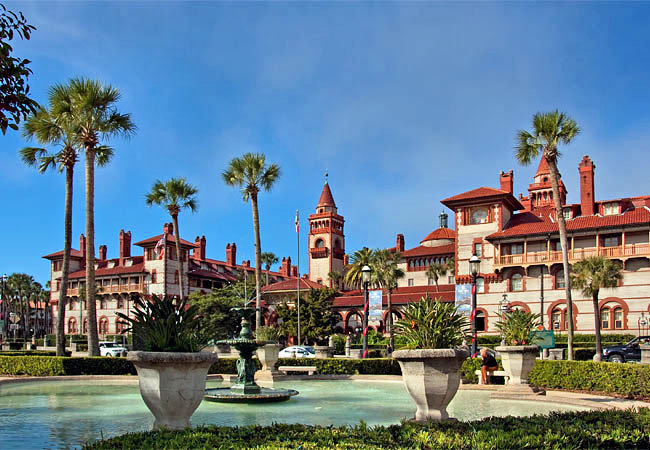
| Photos by Ben Prepelka Ben Prepelka Photography |
Outlining a majority of Florida’s east coast, a narrow string of barrier islands create a wonderful stretch of tropical shoreline. 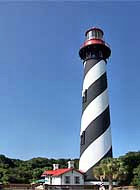 North Florida’s A1A Scenic and Historic Coastal Byway introduces byway travelers to 72 miles of inviting Atlantic beaches and countless historic landmarks. The byway also passes through St. Augustine, billed as the nation’s oldest city. A handful of causeways, connecting the mainland to the beach islands, climb up and over
North Florida’s A1A Scenic and Historic Coastal Byway introduces byway travelers to 72 miles of inviting Atlantic beaches and countless historic landmarks. The byway also passes through St. Augustine, billed as the nation’s oldest city. A handful of causeways, connecting the mainland to the beach islands, climb up and over 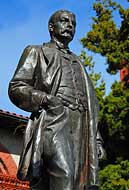 the Intracoastal Waterway. Sailboats, catching an ever present wind, ply their artful maneuvers over the broad river channels. Boats seen cruising up and down the waterway create those daydreams that have turned into a reality for thousands of coastal residents.
the Intracoastal Waterway. Sailboats, catching an ever present wind, ply their artful maneuvers over the broad river channels. Boats seen cruising up and down the waterway create those daydreams that have turned into a reality for thousands of coastal residents.
Heading southward, the next stop after visiting the St. Augustine Lighthouse and Museum is Anastasia State Park. One of the most popular coastal parks, its broad list of amenities are only enhanced by a beautiful shoreline. Further down the coast, history once again cycles backward for hundreds of years at Fort Matanzas. The fort guarded St. Augustine’s southern river approach during the Colonial era when the French and Britain both eyed the Spanish stronghold. Southward, the gardens and picturesque 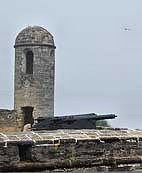 oak hammock at Washington Oaks State Park date back to 1936. Route A1A then passes Gamble Rogers Memorial State Recreation Area, as well as Bulow Creek State Park. The southern end of the byway lures visitors
oak hammock at Washington Oaks State Park date back to 1936. Route A1A then passes Gamble Rogers Memorial State Recreation Area, as well as Bulow Creek State Park. The southern end of the byway lures visitors 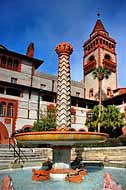 to more beautiful scenic vistas on the Ormond Scenic Loop and ends with a rest stop at Tomoka State Park.
to more beautiful scenic vistas on the Ormond Scenic Loop and ends with a rest stop at Tomoka State Park.
Pictured here is St. Augustine’s Flagler College, once the grandest hotel on the coast. Henry Flagler left active duty at Standard Oil and headed to Florida in the hope that his wife’s health would improve. St. Augustine, barely surviving a plague of yellow fever, was brought back to life with Flagler’s attention. Using his vast knowledge, wealth and power, Flagler not only turned St. Augustine around, but established a railway southward to Miami. The rail line pushed on to Key West, putting Florida’s tropical weather in reach for all the northern states.
Byway Map

|
Additional Area Attractions |
Scenic USA Prints from
|
Copyright © 2021 Benjamin Prepelka
All Rights Reserved

